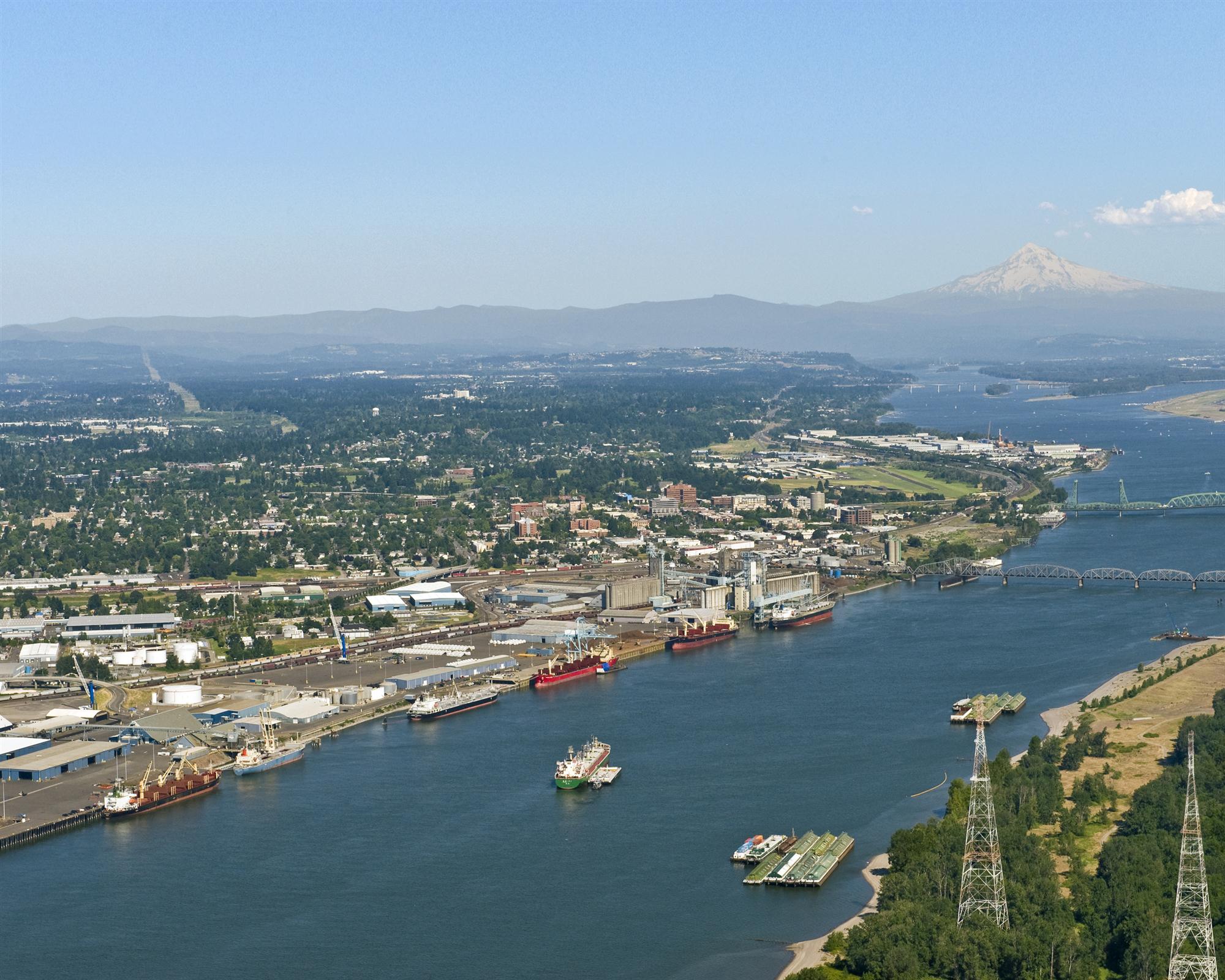Energy components have powered the US port of Vancouver to record cargo levels in 2015. Throughput of project cargo, which more than doubled last year, pushed the port in the state of Washington to unprecedented heights both in terms of tonnage and revenue.
Vancouver clocked up a 5.5% rise in tonnage over 2014 to 6.95 million tonnes, while its 2015 operating revenue shattered the previous year’s record result of US$37.5 million, climbing to a new peak of US$38.2 million.
A major booster of import volumes was project cargo, which surged 103%. Vancouver has targeted energy projects as a strategic growth sector, which resulted in the processing of some massive transformers, besides traditional staples for the port like wind energy equipment.

Besides project cargo, steel slabs, which entered the picture in Vancouver in 2014, proved an engine for growth, taking the port’s steel imports up 30.5% last year.
A third booster for imports was the automotive sector, namely car maker Subaru, which signed a 15-year lease extension in Vancouver last year. The number of Subaru vehicles brought in through the port climbed 10%.
Overall, Vancouver’s imports were up 12% last year. Exports advanced at a more pedestrian pace of 3.8%. The chief engine for outbound traffic was grain (wheat, corn and soybeans), which grew by 6.4% to 4.56 million tonnes. Corn and soybean exports were particularly buoyant, rising by 19.5% and 58.6% respectively.
The port boosted its cargo capabilities last year with the completion of the West Vancouver Freight Access, a US$38 million project to eliminate a choke point and reduce congestion by as much a 40%. Increasing the length of internal rail track from previously 17km to 74km has boosted the port’s capacity from previously 50,000 rail cars per day to over 300,000. Moreover, the new set-up allows the port to handle complete unit trains where the engines stay on, allowing for faster processing times.
Vancouver has rail clearance all the way to Alberta, an important factor in the port’s efforts to position itself as a gateway for oil and gas traffic to the Canadian oil sands in the province. Shale extraction in the Dakotas has also been a focus for the port in recent years.
Predictably, this traffic is not going to see much growth in the foreseeable future, though, due to the slump in energy prices. Given the long lead times in the project business, this traffic was still strong in 2015, but project forwarders have reported a steep drop in new orders.
“There is not much going on in oil and gas,” said Willy Hoffmann, senior vice president of BNSF Logistics.
Wind energy, on the other hand, is on the rise again after the US authorities extended a tax credit for the sector. This has been a strategic target for the port of Vancouver and it has systematically developed its capabilities to handle this traffic. A key component in that strategy has been the deployment of two mobile harbour cranes, which can be teamed up to lift heavy loads off vessels.
The mood at the port authority is upbeat for the near future.
“Things are looking good for the port in 2016,” it declared in its comments on the results for 2015. “Because of a broad-based commodity portfolio, the port is able to keep goods moving despite fluctuations in the world market. The port is well-positioned to handle these fluctuations and take advantage of upticks in commodities such as wind energy, automobiles and grain.”
Other US ports that have cultivated project cargo are also going strong and looking to beef up their capabilities further. Corpus Christi, Texas, which saw record cargo volume last year, registered a sharp increase in vessel calls moving project shipments. Oil traffic is down, but wind energy in particular has been buoyant. Pointing to the renewal of the tax credit for the sector, John LaRue, the port’s executive director, said he expects 2016 to be another strong year.
Corpus Christi is currently in the second stage of a rail yard project that includes a 3km-long unit train siding capable of storing a full 160-car unit train. Phase two, which adds several 2.4km-long tracks, should come on stream in the fourth quarter, according to LaRue.
The port of Duluth, Minnesota, which registered a 40% rise in tonnage in 2015, has also thrived on wind energy traffic, which has been the strongest driver of the port’s project activity. Vanta Coda, executive director of the Duluth Seaway Port Authority, foresees continuing activity in this segment in the years ahead.
Duluth broke ground last May on its ‘intermodal project,’ an US$18 million redevelopment project on a 11-hectare pier. This will triple the terminal’s outdoor storage capacity for project cargo, besides adding a new ro-ro dock and two new berths along a reinforced dock wall. It will also double the port’s handling capacity for rail and truck traffic.
By Ian Putzger
Correspondent | Toronto



